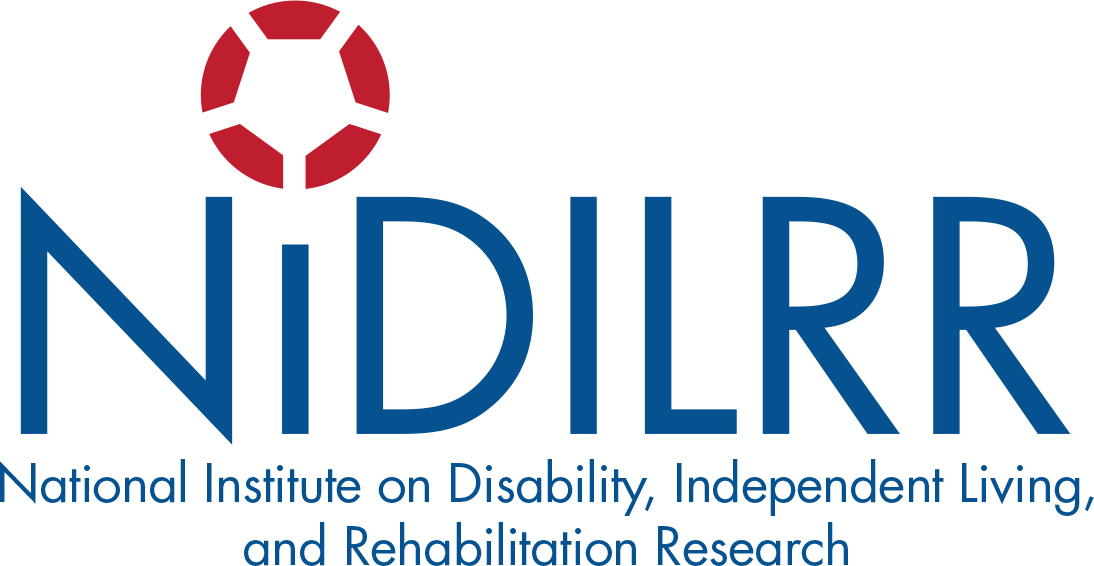In the context of spinal cord injury, bladder dysfunction occurs when there has been damage to the any part of the nervous system that involves the pathways to and from the brain and components of the urinary bladder. The injury prevents communication between the central nervous system micturition center, located in the rostral pons, and the peripheral nerves which relay impulses for detrusor muscle and bladder neck activity, mostly via cauda equina and pudendal and pelvic splanchnic nerve connections.
As a result of this disruption in communication, voluntary control of urination is affected. Exact changes vary based on the level of spinal cord or cauda equina injury. Emptying can be incomplete with either high pressure or low pressure bladder residual volumes. Bladder dysfunction differences are based on the level neurologic disruption and can be Upper Motor Neuron or Lower Motor Neuron.
Conditions:
Notes:
Beginning in year 1 post-injury, patients should be evaluated annually by a Urologist with specific knowledge in urologic care of patients with spinal cord injury.
Resources
Bladder Management for Adults with Spinal Cord Injury (PDF)
Clinical Practice Guideline published by the Paralyzed Veterans of America and the Consortium for Spinal Cord Medicine.
Cardenas D., Chiodo A. Samson G. Management of bladder dysfunction, In: Braddom RL, Chan I, Harrast MA et al eds. Physical Medicine and Rehabilitation. 4th Ed. Philadelphia, PA: Saunders Elsevier; 2011 604
Panicker JN, de Seze M, Fowler CJ. Rehabilitation in practice: neurogenic lower urinary tract dysfunction and its management, Clin Rehabil. 2010;24 579-589
Jeong SJ, Cho Sy, Of LJ. Spinal cord/brain injury and the neurogenic bladder. Urol. Clin North Am. 2010; 37 537-546
Wyndaele JJ, Kovindha A. Madersbacher H, et al. Neurologic urinary incontinence. Neurourol Urodyn. 2010; 29: 159-164
800-UAB-MIST
24-hour hotline for physicians to consult with a UAB specialist
The University of Alabama at Birmingham Spinal Cord Injury Model System provides this website as an auxiliary resource for the primary care of patients with spinal cord injury.The contents of this website were developed under a grant from the National Institute on Disability, Independent Living, and Rehabilitation Research (NIDILRR grant number 90SIMS0020). NIDILRR is a Center within the Administration for Community Living (ACL), Department of Health and Human Services (HHS). The contents of this website do not necessarily represent the policy of NIDILRR, ACL, HHS, and you should not assume endorsement by the Federal Government.
